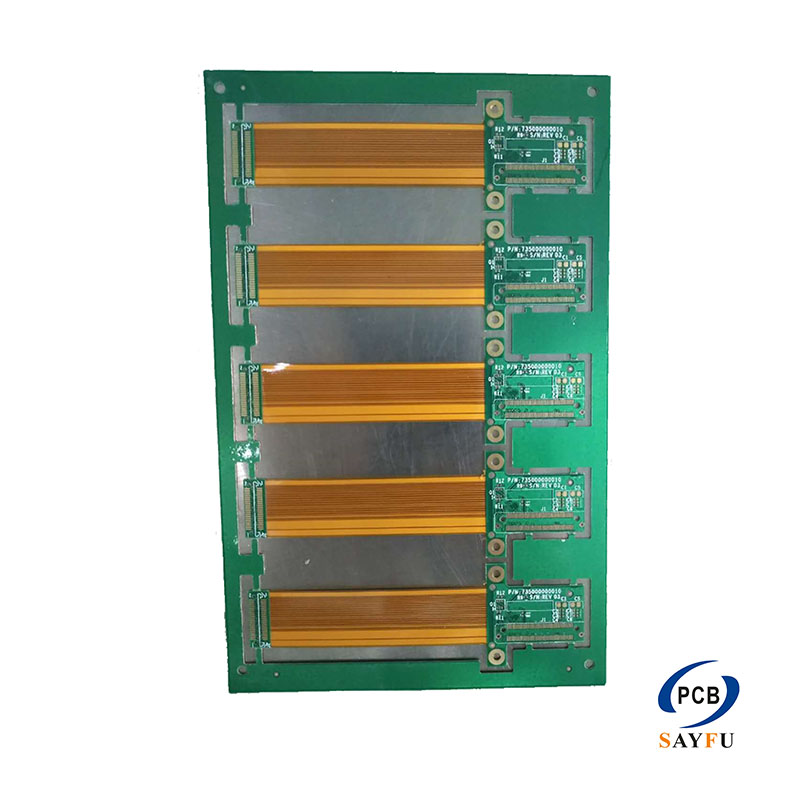Introduction for FPC and Rigid-Flex Boards
Modern electronic devices require compact and reliable solutions. FPC and Rigid-Flex Boards meet this need perfectly. These innovative technologies combine flexibility with durability.
What makes them special?
First, flexible PCB use thin polyimide substrates. They can bend and twist repeatedly without damage. Meanwhile, rigid-flex boards integrate both flexible and rigid sections. This hybrid design offers the best of both worlds.
Key advantages for FPC and Rigid-Flex Boards
The primary benefit is space saving. These boards fit into tight spaces easily. Additionally, they reduce weight significantly. Moreover, they eliminate many connector points. Consequently, reliability improves dramatically.
Design considerations
When designing FPC, bend radius matters most. Generally, maintain at least 6x material thickness. Also, avoid sharp 90-degree turns. Instead, use gradual curved traces. Furthermore, reinforce connection points properly.
Manufacturing process
First, manufacturers cut flexible layers precisely. Next, they align all sections carefully. Then, they laminate under controlled heat. Finally, they conduct rigorous quality tests.
Common applications
Smartphones utilize these boards extensively for folding displays and compact internals. Similarly, wearables benefit from flexibility in fitness trackers and smartwatches. Furthermore, aerospace applications demand their reliability for avionics and satellite systems. Medical devices also adopt this technology increasingly in endoscopes and implantables. Automotive applications include advanced driver assistance systems (ADAS) and infotainment. Industrial applications feature in robotics and IoT sensors. Consumer electronics use them in cameras and gaming devices.
Current challenges
However, some issues remain. Flexing can cause material fatigue. Signal integrity requires careful management. Additionally, costs remain relatively high.
Effective solutions
Fortunately, solutions exist. Special rolled copper improves durability. Proper impedance control maintains signals. Moreover, optimized designs reduce costs.
Future Outlook
The technology continues advancing. Boards are becoming thinner. Density keeps increasing. Thermal management improves constantly.
Conclusion for FPC and Rigid-Flex Boards
In summary, these boards enable next-gen electronics. With proper implementation, they deliver outstanding performance. Their benefits far outweigh the challenges. The future of electronics is flexible.
